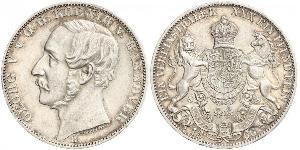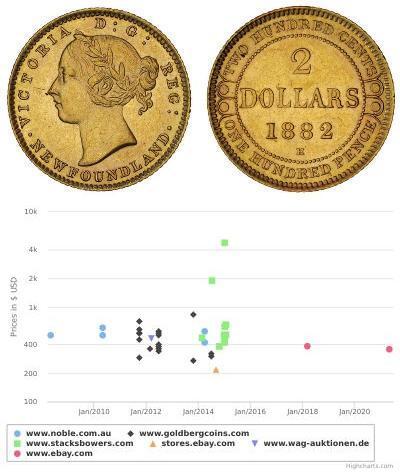Kingdom of Hanover
The Kingdom of Hanover was a historical state located in present-day Germany, with its capital at Hanover. Here are some key aspects of the Kingdom of Hanover:
Formation and Territorial Evolution: The Kingdom of Hanover was established in 1814 during the Napoleonic Wars as a successor state to the Electorate of Hanover. It was part of the German Confederation, a loose association of German states. Hanover's territory included parts of modern-day Lower Saxony and Bremen. It bordered Prussia to the east and the Netherlands to the west.
Personal Union with Great Britain: One of the unique features of the Kingdom of Hanover was its personal union with the United Kingdom. From 1714 until the end of the Hanoverian monarchy in 1837, the British monarch also served as the ruler of Hanover. This arrangement was due to the inheritance of the Hanoverian throne by the British House of Hanover following the death of Queen Anne of Great Britain.
Constitutional Monarchy: The Kingdom of Hanover had a constitutional monarchy with a bicameral legislature consisting of the Landtag (lower house) and the State Council (upper house). The king had limited powers, and the government was responsible to the legislature.
Cultural and Economic Development: Hanover's central location within Europe, along with its access to major trade routes, contributed to the growth of trade and industry in the region. The kingdom was known for its textile manufacturing, particularly in cities like Hanover and Brunswick. Other industries, such as metalworking, mining, and agriculture, also thrived, bolstering the kingdom's economy.
Hanover experienced urbanization as people flocked to cities in search of employment opportunities. The capital city of Hanover, in particular, saw significant growth and development during this period. Infrastructure projects, including the construction of roads, railways, and canals, further facilitated trade and commerce, enhancing the kingdom's economic prosperity.
Hanover emerged as a cultural hub, with vibrant artistic and intellectual communities. The kingdom was home to theaters, opera houses, museums, and galleries that attracted both local residents and visitors from other regions. The University of Göttingen, founded in 1734, played a prominent role in academic and scientific research, earning Hanover a reputation as an important center of learning.
The Kingdom of Hanover witnessed architectural innovation and urban planning initiatives, particularly in its larger cities. Prominent buildings, parks, and monuments were constructed, contributing to the cityscape and enhancing the quality of life for residents. Notable examples include the Royal Gardens of Herrenhausen in Hanover and the Ducal Palace in Brunswick.
Hanover's commitment to education and culture fostered the growth of institutions dedicated to these pursuits. In addition to the University of Göttingen, the kingdom boasted libraries, academies, and cultural societies that promoted learning and intellectual exchange. These institutions played a crucial role in shaping Hanover's cultural identity and intellectual landscape.
Hanover's personal union with the United Kingdom, which lasted until 1837, also influenced its cultural and economic development. The exchange of ideas, trade relations, and British investment in Hanover contributed to the kingdom's prosperity and modernization efforts.
Incorporation into Prussia: In 1866, the Kingdom of Hanover participated in the Austro-Prussian War on the side of Austria against Prussia. Following Austria's defeat, Hanover was annexed by Prussia and incorporated into the newly formed North German Confederation. This marked the end of Hanover's existence as an independent kingdom.
Legacy: Despite its relatively short existence as a kingdom, Hanover left a lasting legacy in the history of Germany and Europe. Its ties to the British monarchy and its contributions to culture, education, and industry continue to be remembered and celebrated in the region.
Overall, the Kingdom of Hanover played an important role in the political and cultural landscape of 19th-century Germany, leaving behind a legacy that is still remembered today.
You may be interested in following coins
2025-05-24
- New coin is added to 2 Dollar Canada Gold Victoria (1819 - 1901)
2 Dollar Canada Gold Victoria (1819 - 1901)
group has 39 coins / 38 prices
⇑
1888, Canada, Newfoundland, Queen Victoria. Gold 2 Dollars Coin. Ex-Jewellery! Mint Year: 1882 Reference: KM-5. Denomination: Gold 2 Dollars (200 Cents = 100 Pence) Condition: Welding/tool ...
2025-05-24
- Historical Coin Prices








